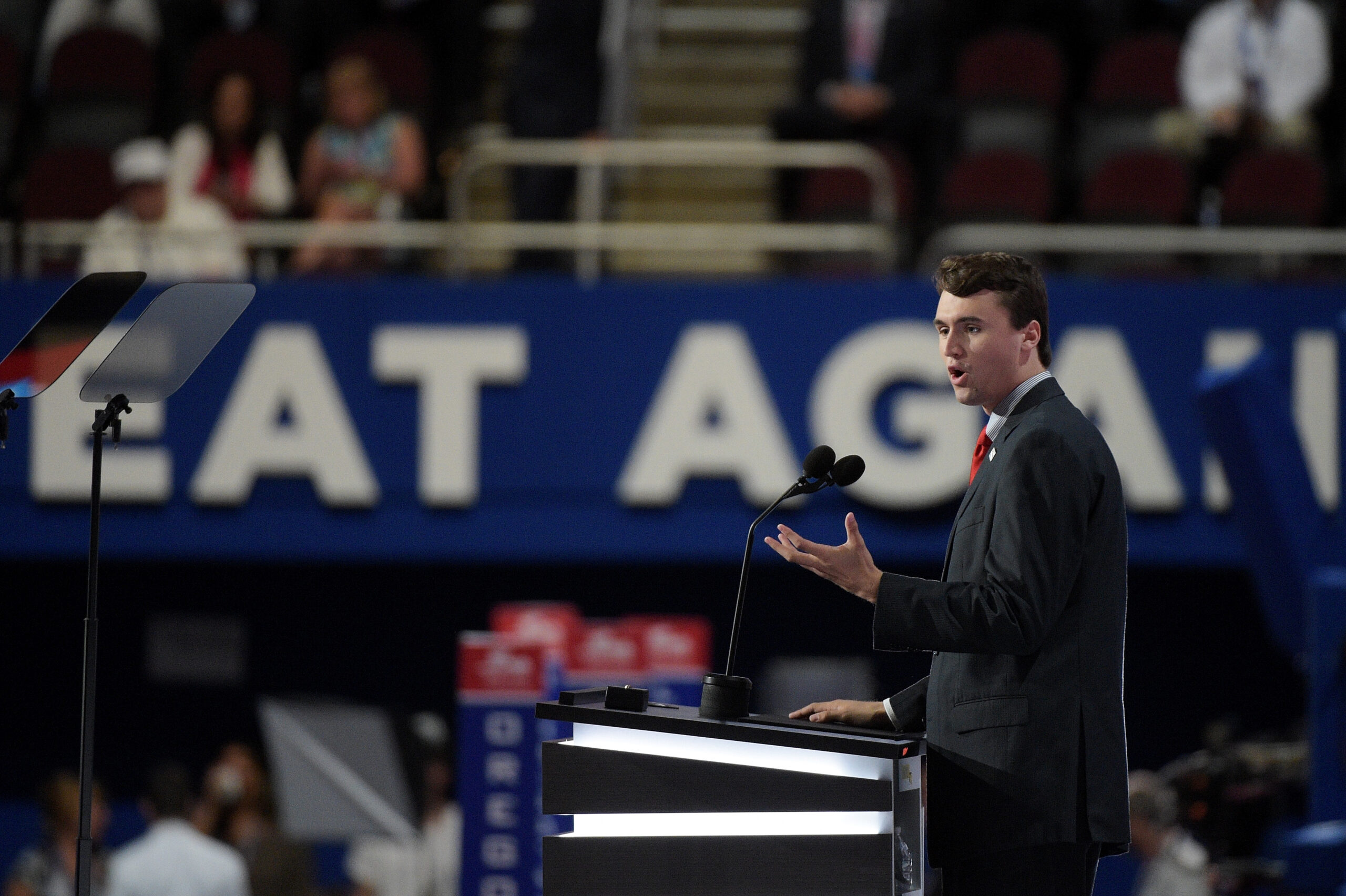The End Of Ireland
The cultural price of prosperity could be predicted with mathematical precision. Between 1975 and 1995, Ireland’s fertility rate declined from 3.55 (Europe’s highest at that time) to well below replacement level of 1.87. This represented a decline of almost 50 percent within one generation, comparable to what happened to Spain and Italy in the 1970s and 1980s. The freefall is still continuing, and—unless checked—will halve the country’s already ageing population in the next four decades.
Ireland’s rapid decline in birth rates was the net result of dramatic changes in social mores. Marriages and marital fertility rates are collapsing, with over a third of all Irish babies born out of wedlock. The Church, having grown stale and complacent after decades of state patronage, is unable or unwilling to address the challenge of multiculturalist mammonism. When Pope Jon Paul II died, even Castro declared three days of mourning—but Ireland had none. The business community opposed it because of the cost of a day’s idleness, while the Taoiseach (Prime Minister) opposed it on cultural grounds, declaring that Ireland was no longer a Catholic but a multicultural society.
Yes, Ireland is just another postmodern country now, and that includes high-speed internet in my room (so you get these musings in real-time), as well as collapsing birth rates, dysfunctional families, rising crime, ubiquity of global mass-cultural uniformity. The number of unassimilable immigrants and “asylum seekers” is rising rapidly—their influx inevitably coupled with the imposition of ideological and legal mandates of “diversity,” multiculturalism and anti-discriminationism by the elite class. In the meantime, Irish culture is fast becoming a relic, either neutered à la “Riverdance” and relegated to heritage, or else condemned as retrograde. ~Srdja Trifkovic
Strange that Ireland’s population will be brought low not by famine or any of the blights of past centuries, but by affluence, self-indulgence and indifference towards the future.
No one can serve two masters, I suppose, so the retreat of Catholicism in Ireland as Ireland surged economically was as predictable as it has been unfortunate. The example of Poland, though not necessarily ideal, suggests that this transformation and the abandonment of national and religious traditions are never inevitable. They are the results of both conscious attempts to throw out the old ways and the unavoidable consequences of “creative destruction.”
I have not been to the Republic for sixteen years, and I suspect that I would find much of the country unrecognisable from what I saw during my last visit. It certainly sounds much uglier than it used to be.
